What is the difference between an interior designer & interior decorator?
Interior design is the art and science of understanding people’s behavior to create functional spaces within a building, while interior decorating is the furnishing or adorning of a space with decorative elements to achieve a certain aesthetic. In short, interior designers may decorate, but decorators do not design.
What Interior Designers Do
The interior design process follows a systematic and coordinated methodology—including research, analysis and integration of knowledge into the creative process—to satisfy the needs and resources of the client.
Whether working in a corporate or residential space, interior designers are challenged with applying creative and technical solutions within a structure that are functional, attractive, and beneficial to the occupants’ quality of life and culture. Designers must respond to and coordinate with the building shell and acknowledge the physical location and social context of the project. By implementing thoughtful solutions, interior designers can create spaces that greatly improve the experiences of the people who inhabit them.
Professional Requirements for Interior Designers
Because of the complexity of their role, interior designers are generally expected to achieve a higher level of education than interior decorators, who require no formal training.
In addition to learning principles of applying gathered knowledge to the creative process of designing a space, designers must also regulatory requirements and encourage the principles of environmental sustainability.
Interested in Interior Design?
Interior designers are given ability to think creatively to create accordingly & functional spaces that can genuinely improve people’s lives.



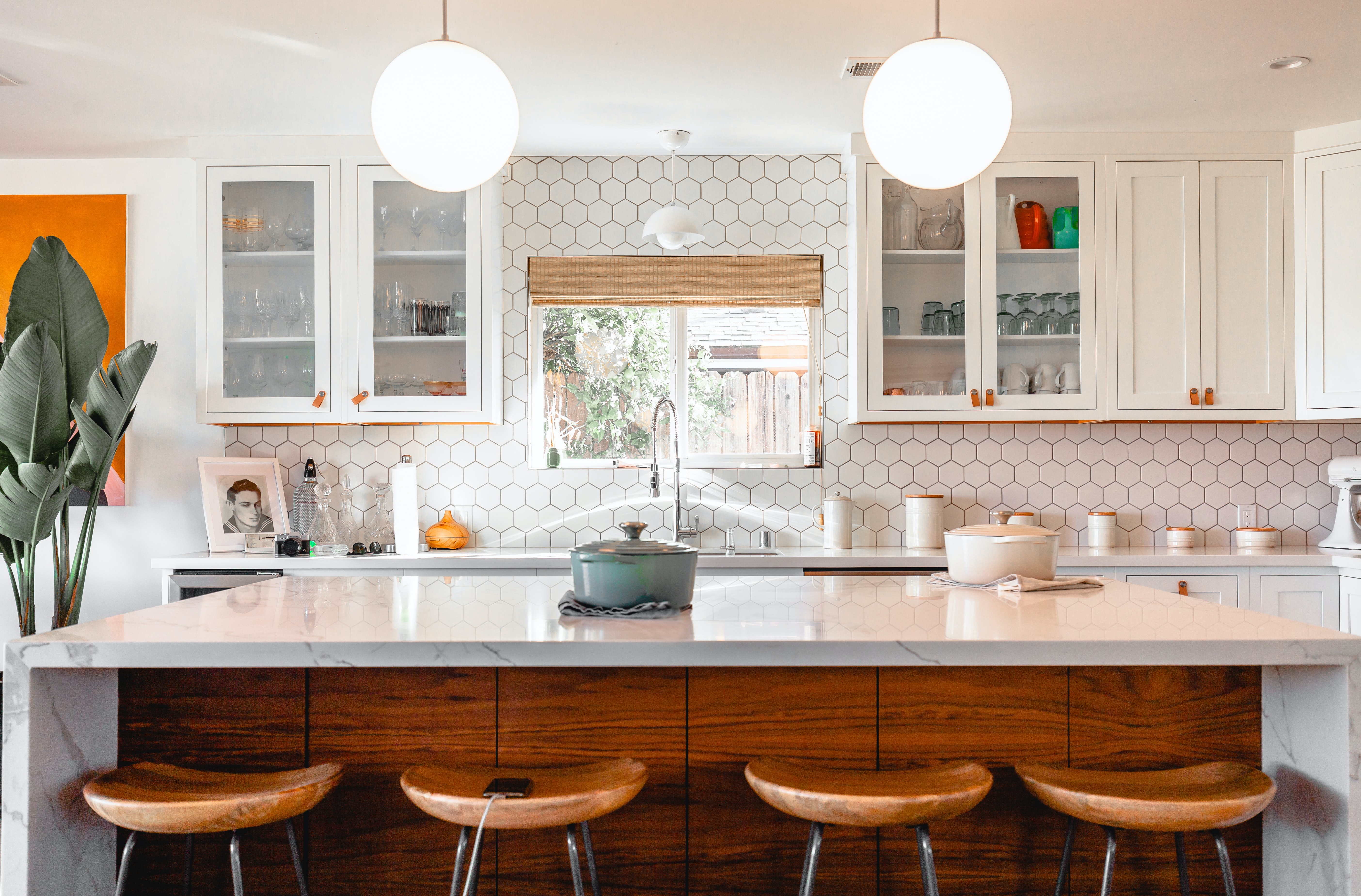
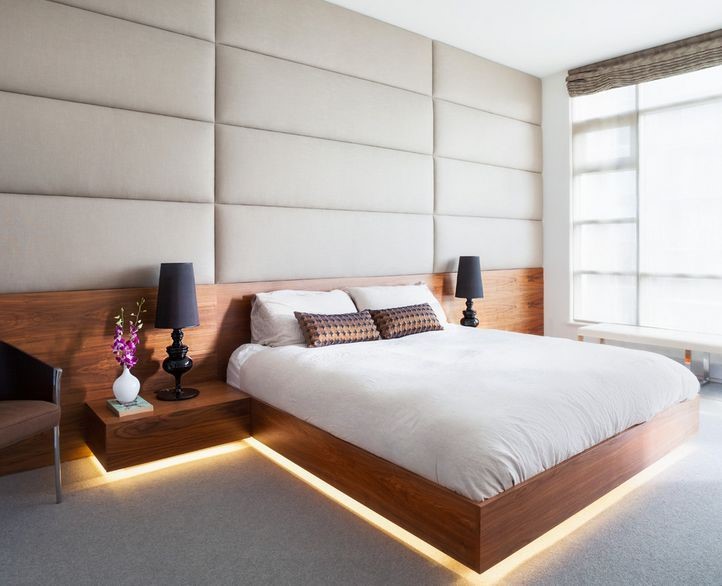
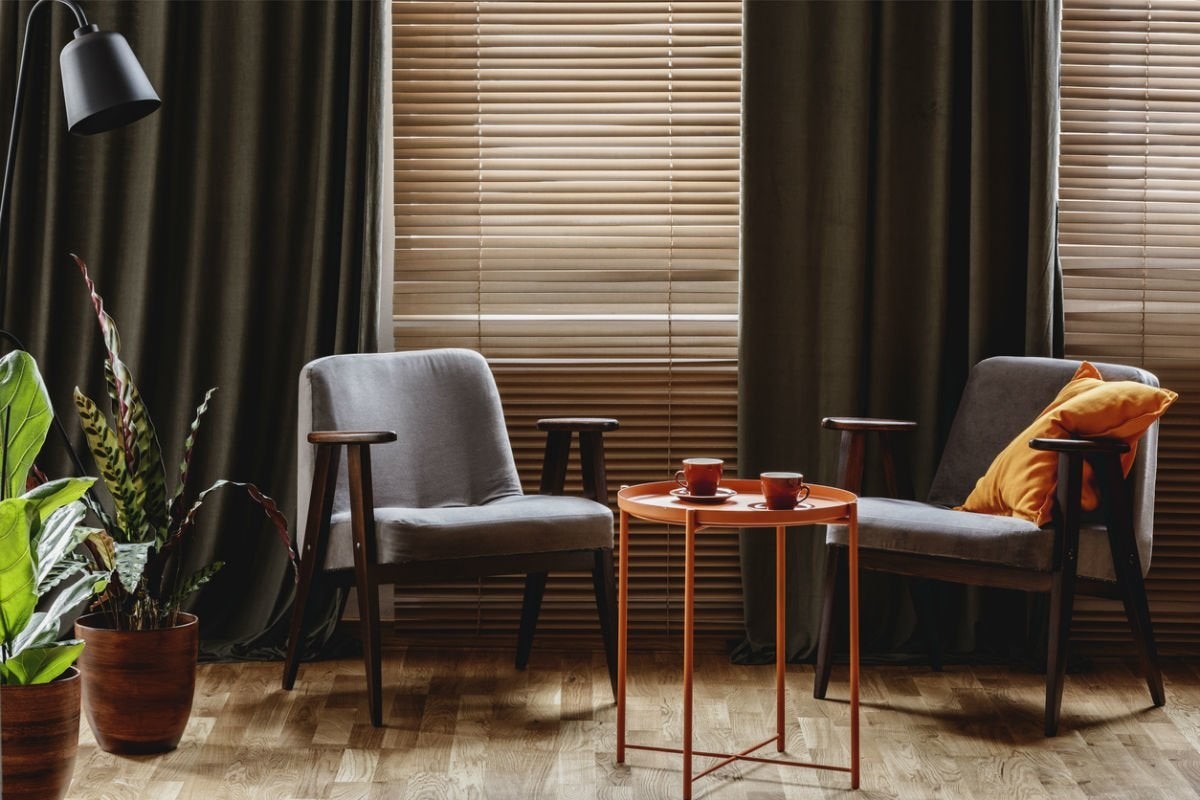
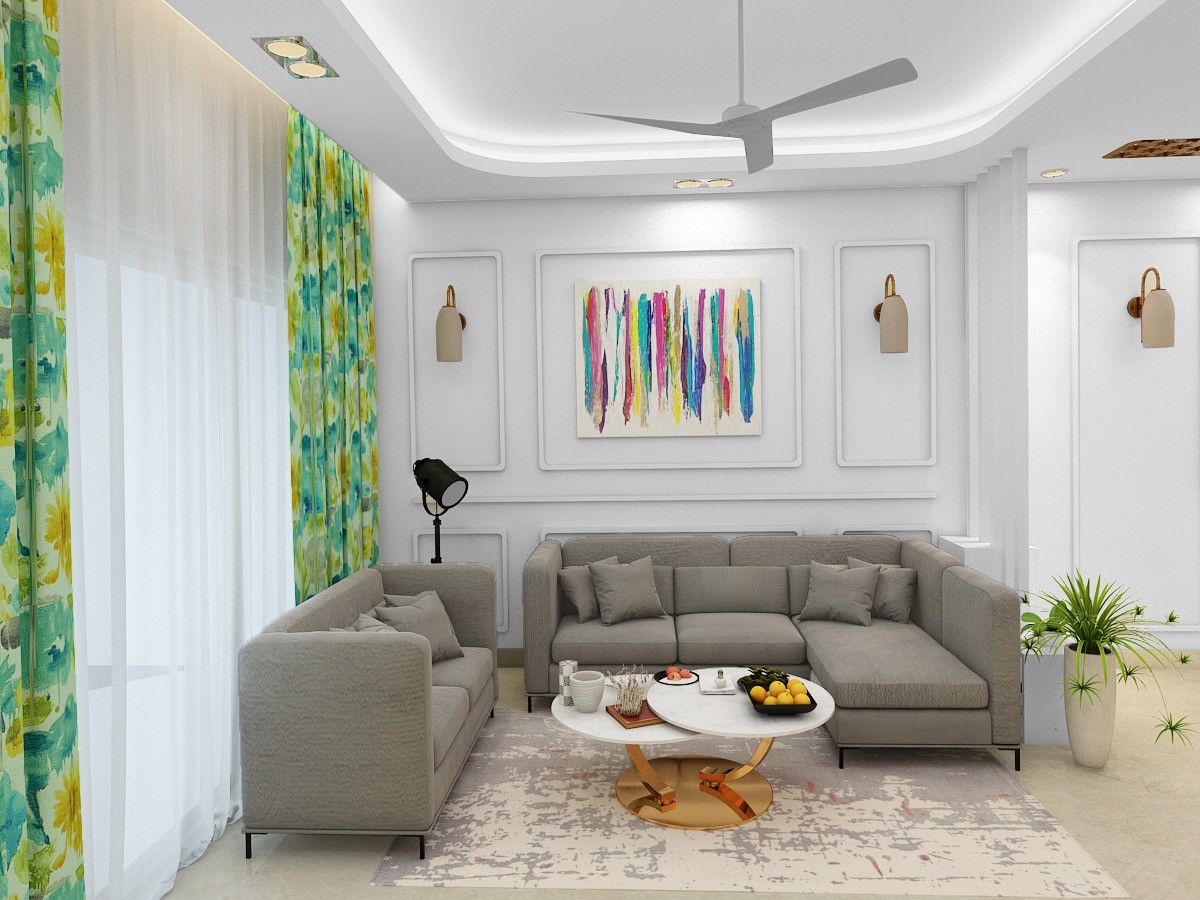
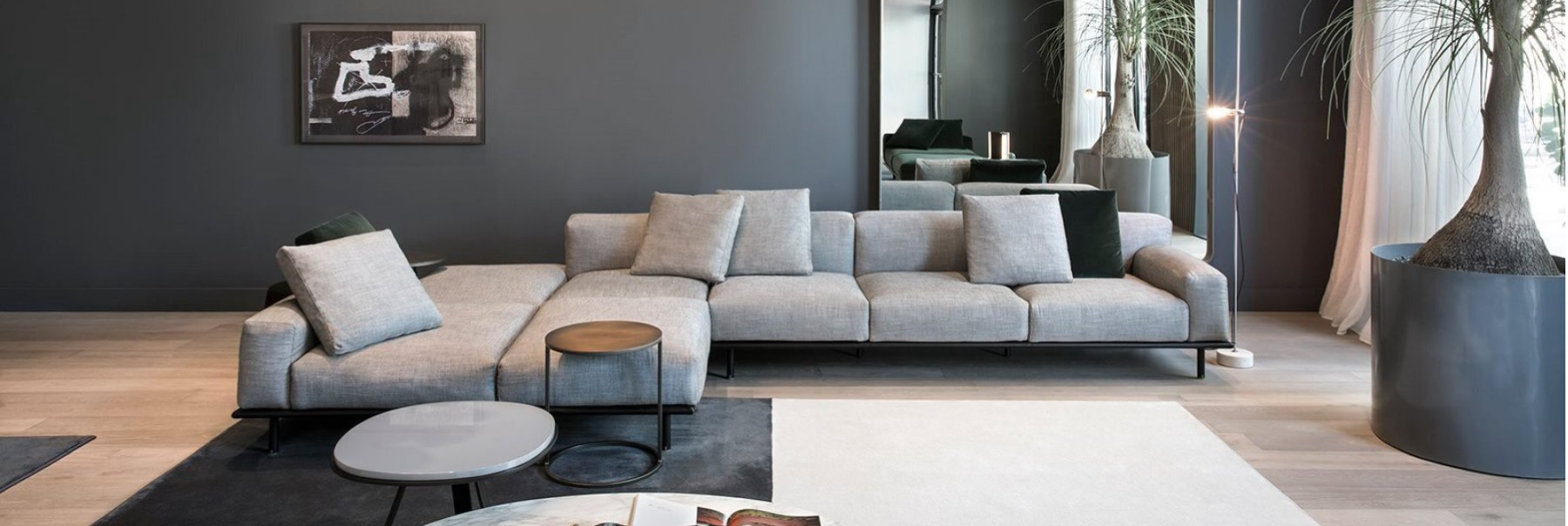
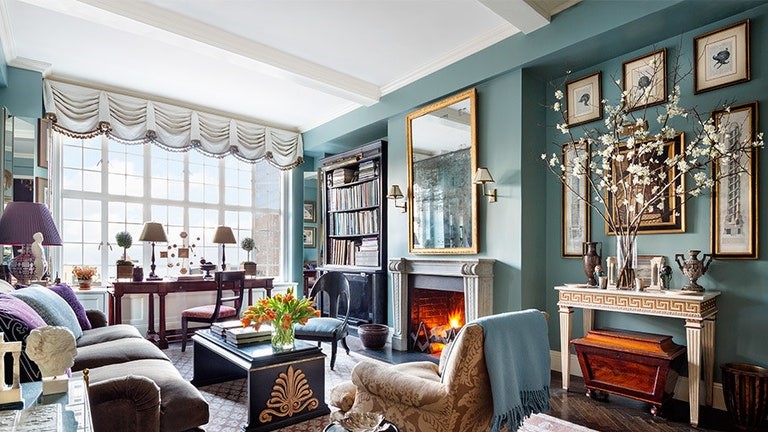

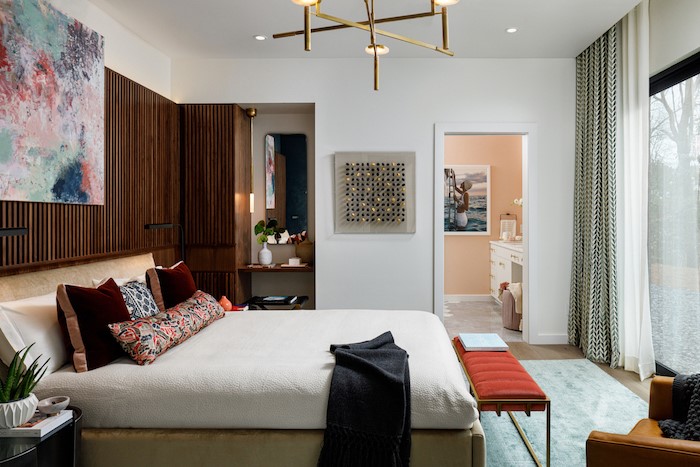

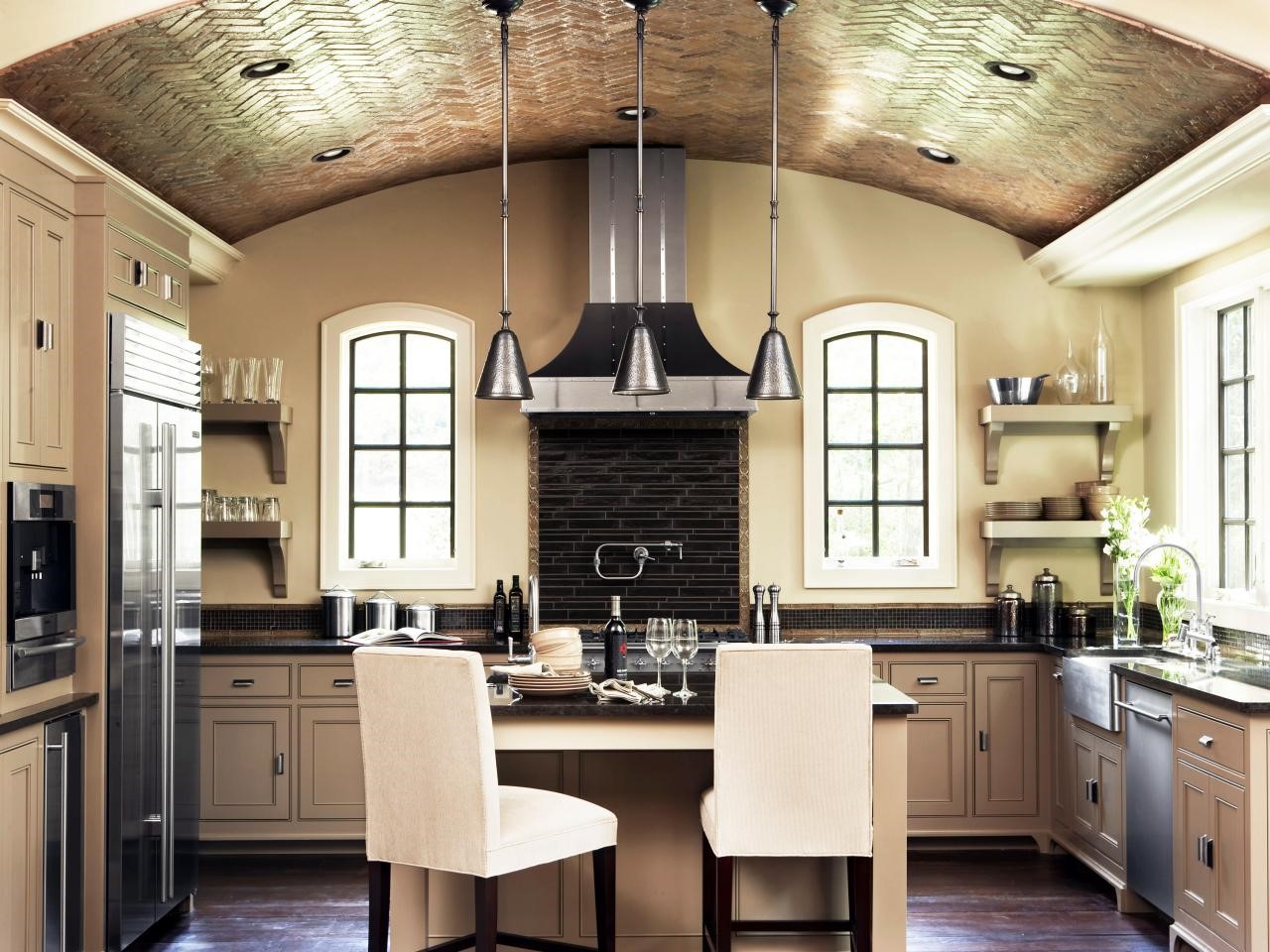
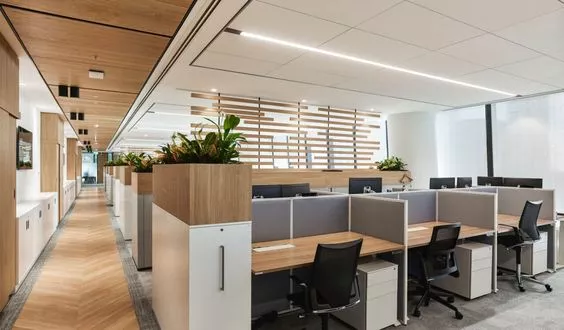
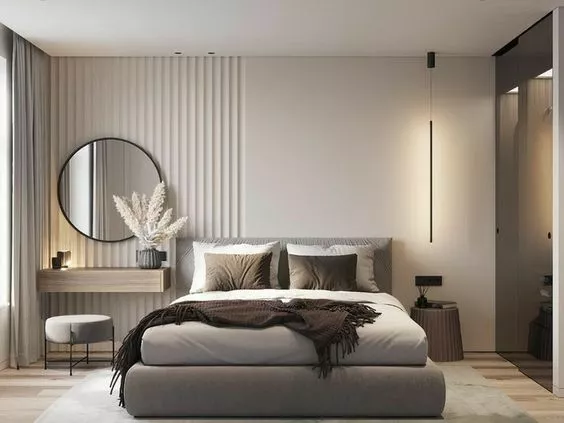
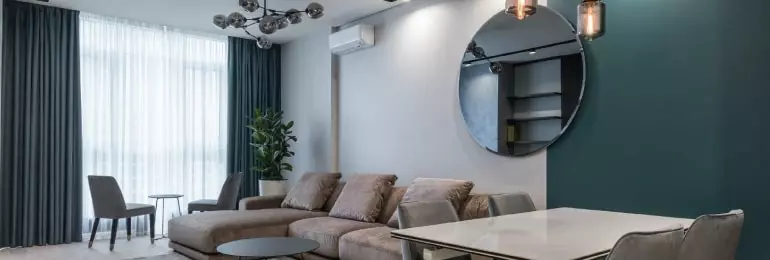









Read Comments
There is no active post of this blog.